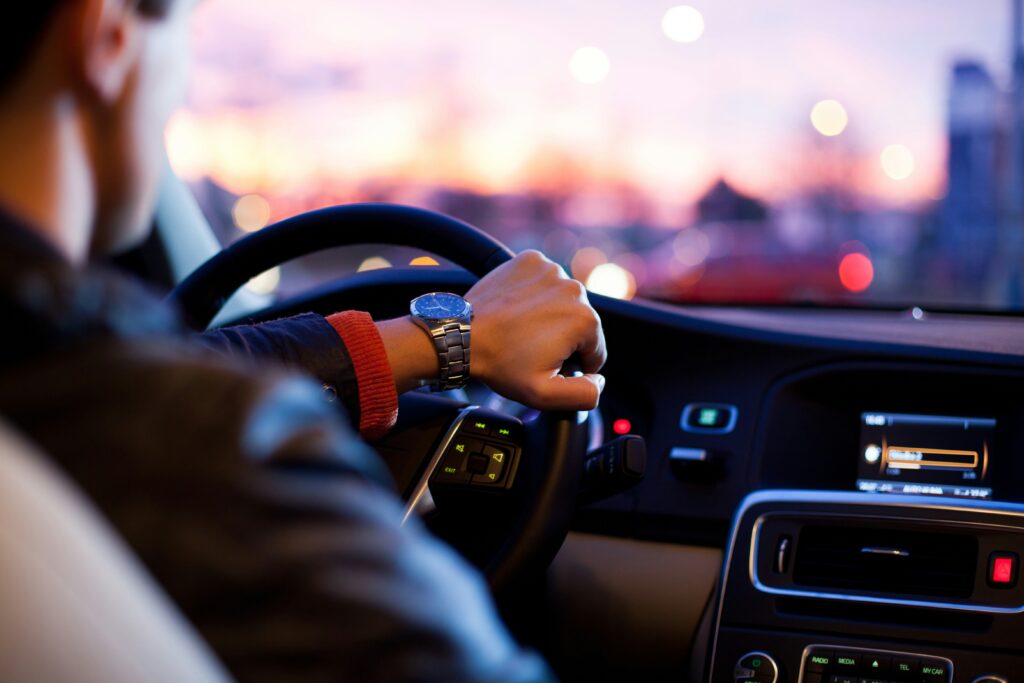Allowing someone else to drive your car may seem convenient, but it can complicate your Texas auto insurance coverage for borrowed cars if they get into an accident. Understanding how liability and insurance work in this scenario is essential. Here’s what you should know and the steps to take if someone else was driving your car and got into an accident.
1. Assess the Situation and Ensure Safety at the Scene
Immediately after the accident, the driver should follow standard safety protocols:
- Check for Injuries: Ensure everyone involved in the accident is safe. If there are any injuries, the driver should call 911 to request emergency medical services.
- Call the Police: Always report the accident to law enforcement, regardless of the severity. A police report will be crucial for insurance claims and determining liability.
- Exchange Information: The driver should exchange names, contact information, insurance details, and license plate numbers with the other party involved.
- Take Photos: The driver should take pictures of the accident scene, vehicle damage, and any visible injuries. This documentation will help with the insurance claim.
- Gather Witness Information: If there are witnesses, get their contact information to support the accident’s details later.
2. Notify Your Insurance Company
Once you’re informed about the accident, notify your car insurance provider immediately. Since insurance generally follows the car, your policy is likely to cover the damages.
- Provide All Necessary Details: Be prepared to provide the driver’s information, accident details, the police report, and any evidence collected from the scene.
- Cooperate with the Investigation: Your insurance company may conduct an investigation to determine fault. Ensure that you and the driver cooperate fully with the process.
3. Understand Insurance Coverage in Texas
In Texas, car insurance follows the vehicle, meaning your insurance policy will likely be the primary coverage in an accident, even if someone else was driving your car. Here’s a breakdown of how this works:
- Primary Insurance Coverage: If you gave the driver permission to use your car, your liability insurance will be the primary source of coverage. It will cover damages or injuries caused by the accident, subject to your policy limits.
- Secondary Insurance Coverage: If the driver also has their own auto insurance, their coverage may act as secondary insurance. This means their insurance could cover damages that exceed your policy’s limits.
- Unauthorized Driver: If the person driving your car didn’t have permission, your insurance company might deny the claim. In such cases, the unauthorized driver’s insurance could be responsible for covering the damages.
4. Review Insurance Coverage Types
It’s essential to understand the types of coverage involved in these scenarios:
- Liability Insurance: If the driver caused the accident, your liability insurance will cover damages and injuries to the other party.
- Collision Coverage: If your vehicle was damaged, your collision insurance (if you have it) will cover repairs regardless of who was at fault.
- Uninsured/Underinsured Motorist Coverage: If the other driver lacks sufficient insurance, your uninsured/underinsured motorist coverage may step in to cover your losses.
5. Handling Disputes Over Liability
If the other driver disputes liability or if your insurance claim is denied, it may be necessary to consult a car accident attorney. A lawyer can help navigate the complexities of insurance disputes and ensure you receive the compensation you deserve.

